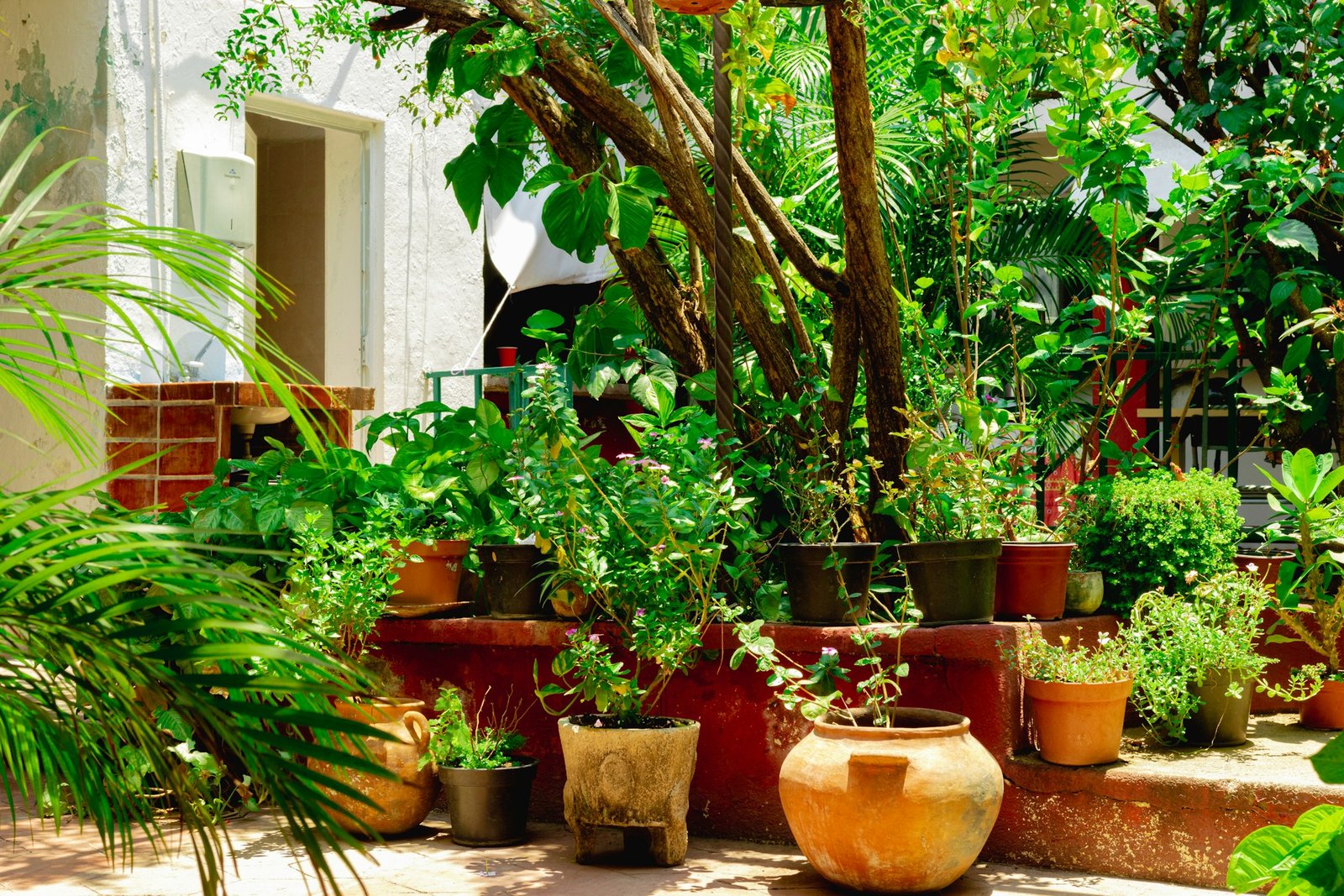Living in India, where climates can range from humid coastal air to dry desert heat, one might assume that maintaining a balcony garden would require constant care.
But what if you could fill that sunny or semi-shaded space with charming, low-maintenance plants that thrive on neglect? That’s where succulents come in.
Balcony succulents for Indian climate are not only water-wise but also beautifully textured, diverse in shape and color, and perfect for both small apartment balconies and spacious verandas.
Whether you’re in Mumbai, Delhi, Chennai, or Jaipur, there’s a succulent that will love your local weather as much as you do.
Why Succulents Are Ideal for Indian Balconies
Succulents are known for storing water in their leaves, stems, or roots, making them perfectly suited to withstand periods of drought or inconsistent care.
Many Indian homes experience intense sun during certain seasons, unexpected rain during the monsoon, and cooler conditions during winter—all within a year. Succulents are hardy enough to adapt.
They are also compact, versatile in arrangement, and easy to propagate. For Indian apartment dwellers or bungalow residents looking to make their outdoor space stylish yet sustainable, succulents offer a refreshing green solution.
Climate Challenges in Indian Cities
Before choosing plants, it’s crucial to acknowledge the weather patterns in your city. For example:
- Northern cities like Delhi or Chandigarh face cold winters and harsh summer heat.
- Coastal cities like Mumbai, Chennai, or Kochi deal with high humidity and heavy monsoon rains.
- Inland cities like Bengaluru and Hyderabad enjoy milder climates but can still experience seasonal variation.
- Western zones such as Jaipur or Ahmedabad have dry, hot conditions almost year-round.
Understanding your balcony’s microclimate—sun exposure, wind direction, humidity—will help you select and position your succulents wisely.
Choosing the Right Balcony Spot for Succulents
Most succulents love sunlight, but there’s a sweet spot—early morning light or filtered sunlight through the day is best. Placing your pots on a south or east-facing balcony will give them optimal exposure.
If your balcony receives harsh afternoon sun, consider using a sheer curtain or garden netting to diffuse the rays.
For north-facing balconies, go for succulents that tolerate shade or indirect light, like Haworthia or Gasteria.
Also, ensure good air circulation and avoid clustering plants too tightly together, especially in humid regions where still air can lead to rot or mold.
Top Balcony Succulents for Indian Climate
Let’s dive into some of the best succulents for Indian balconies, each suitable for various regional climates and care levels.
Aloe Vera
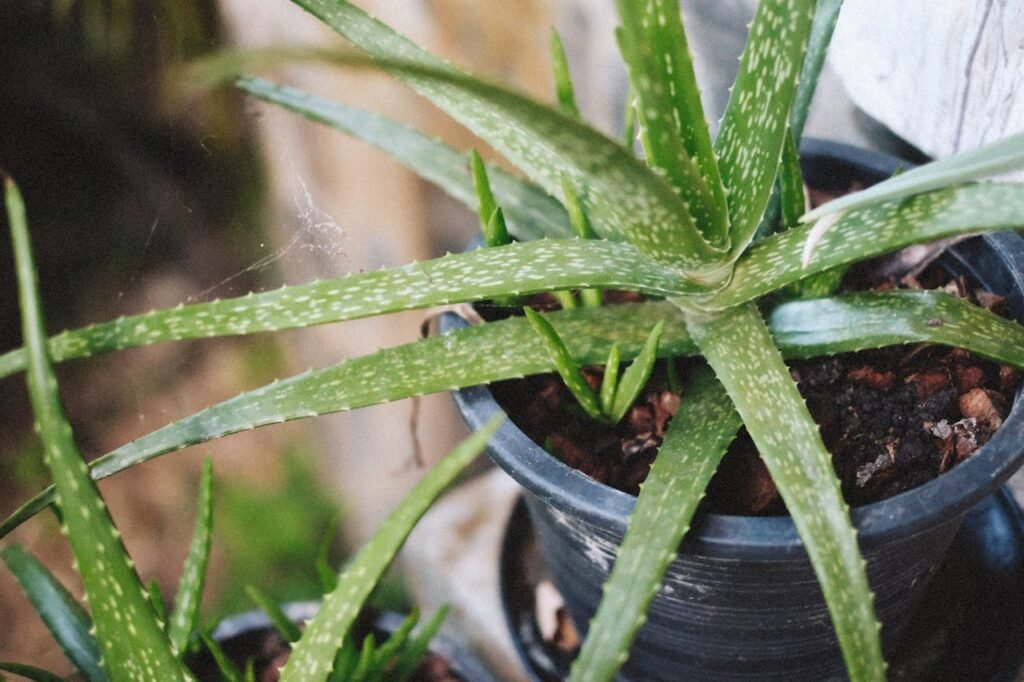
A well-loved succulent in Indian households, Aloe Vera is both decorative and medicinal. Its thick, fleshy leaves store water and can tolerate both heat and mild cold. Ideal for sunny balconies, it requires minimal watering and thrives in clay or terracotta pots.
Why it’s great: Tolerates heat, low water needs, doubles as a skin soother.
Echeveria
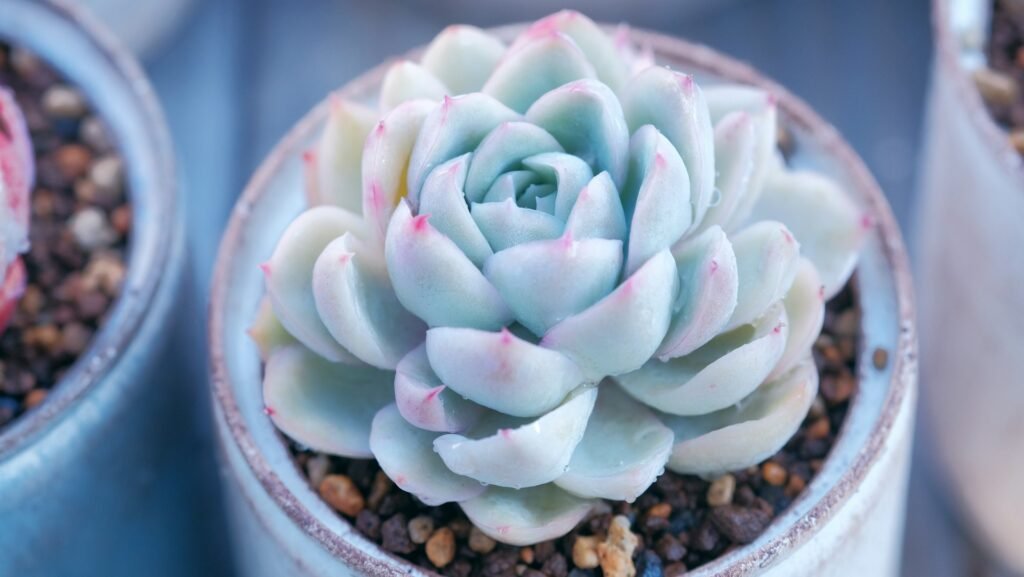
With its rosette shape and colorful edges, Echeveria adds elegance to any planter. It loves full sun but doesn’t mind partial shade, especially during hot summers. Perfect for balconies with bright morning light.
Why it’s great: Adds color, low-maintenance, and pairs well in arrangements.
Jade Plant (Crassula ovata)
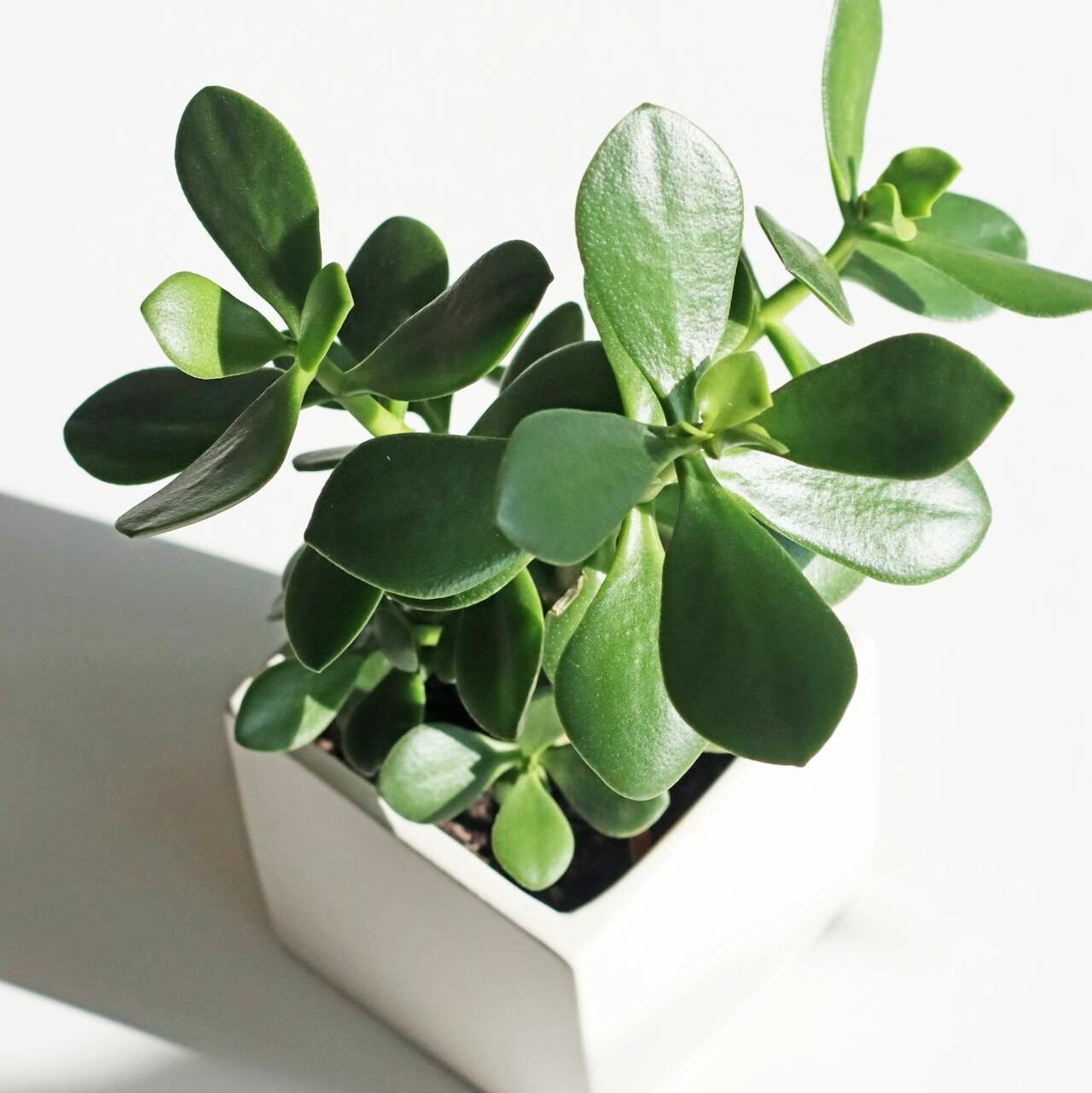
Known as the “money plant” in succulent form, Jade Plant does well in Indian homes. It’s easy to propagate, tolerates neglect, and its thick stems and glossy leaves add structure to your plant display.
Why it’s great: Hardy, symbolic of prosperity, suitable for indoor-outdoor setups.
Sedum (Stonecrop)
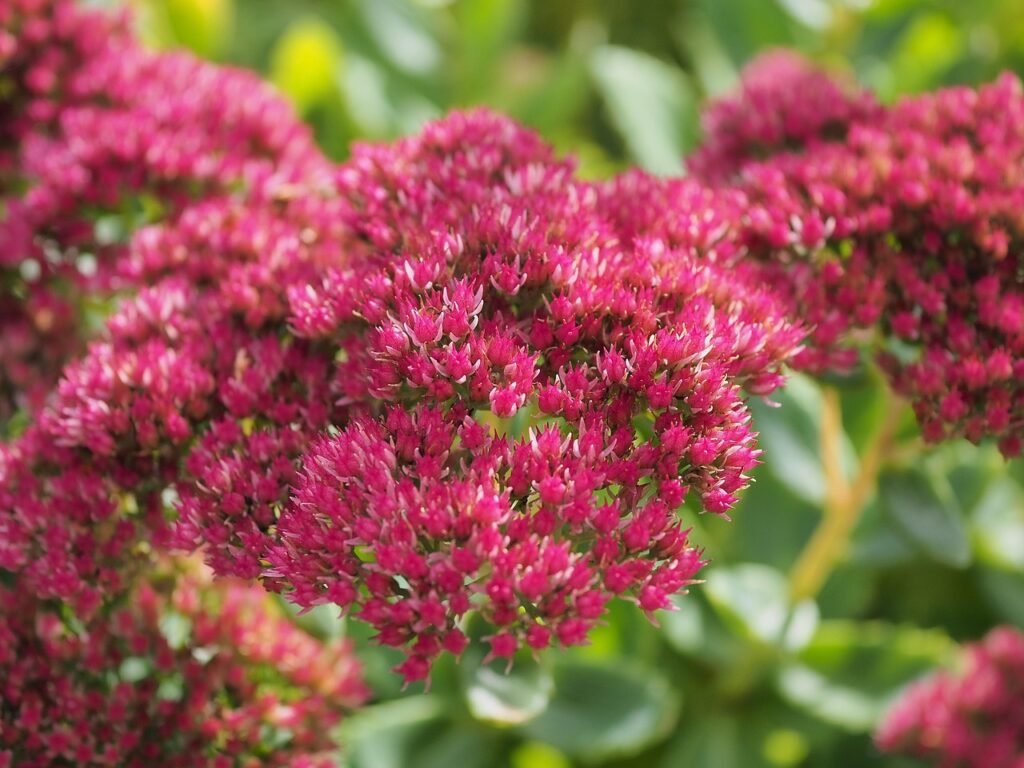
Sedums are a diverse group of trailing or upright succulents. For hanging pots or ledge planters, Sedum morganianum (Burro’s Tail) is a favorite. It’s delicate in appearance but surprisingly tough.
Why it’s great: Good for cascading looks, can handle full sun, drought-tolerant.
Portulaca (Moss Rose)
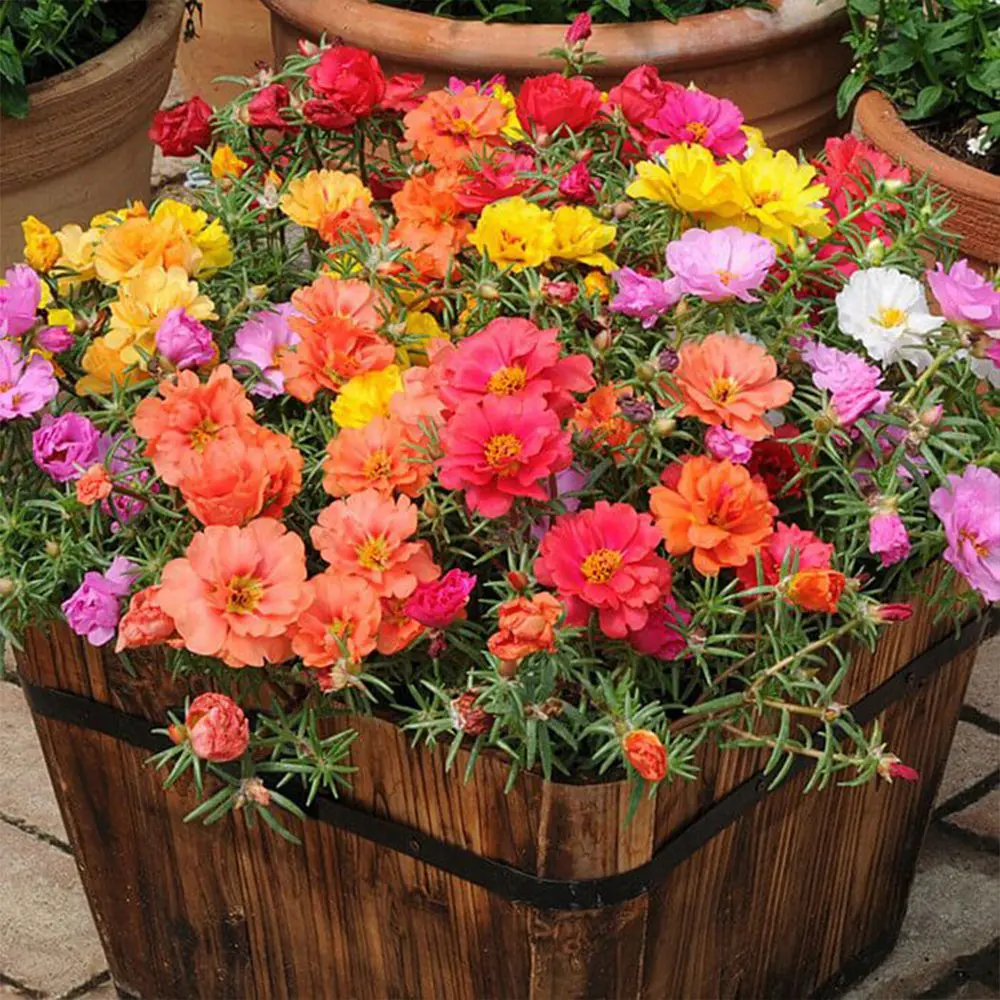
Though technically not a succulent in the traditional sense, Portulaca thrives in hot, dry conditions and has fleshy leaves. It blooms daily in bright colors, making it a favorite for Indian balconies.
Why it’s great: Colorful, heat-loving, excellent for railing baskets or troughs.
Haworthia
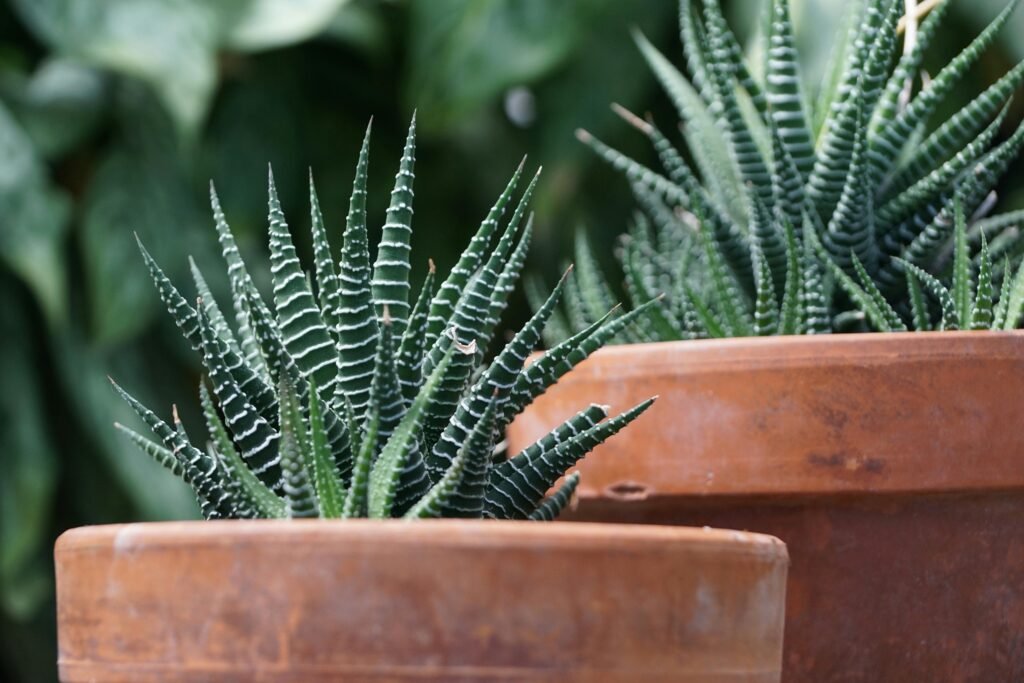
Ideal for shaded balconies or indirect light spots, Haworthia is compact, resilient, and adapts well to the Indian climate. Its striped, spiky leaves are visually striking.
Why it’s great: Doesn’t need direct sun, perfect for beginners and indoor corners.
Kalanchoe
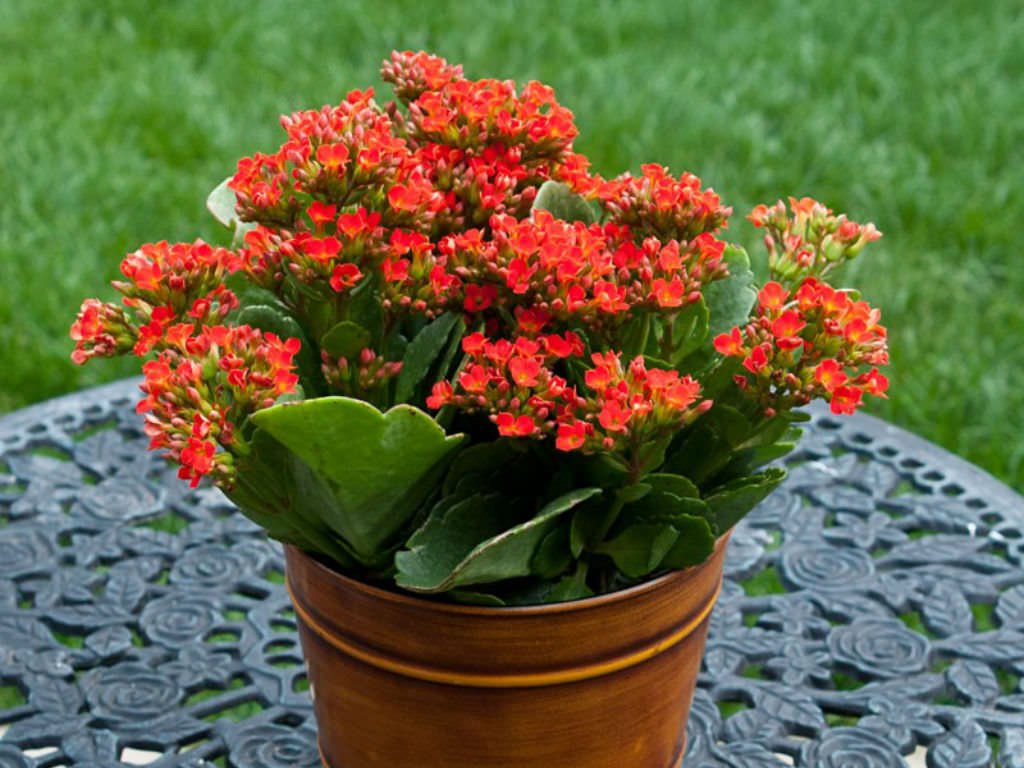
Kalanchoe blossfeldiana produces long-lasting clusters of flowers and can thrive with little care. It prefers filtered light and needs to dry out between watering sessions.
Why it’s great: Flowers beautifully, easy to grow, loves warm climates.
Morning Sun vs Harsh Afternoon Sun: Light Matters
Succulents need light, but in the Indian context, intensity control is key. Morning sunlight from the east is ideal, as it gives plants the energy they need without scorching them.
In contrast, afternoon sun, especially in northwestern or central regions, can lead to leaf burn, drying, or discoloration. This can be mitigated with:
- Green shade nets
- Moveable planters
- Window grills with partial coverage
- Hanging baskets placed under balcony roofs
Pot Selection and Drainage Tips for Balconies
No matter the plant, drainage is crucial, especially on a balcony where water logging can affect walls or floors. Choose pots with drainage holes—clay and terracotta are breathable and ideal for dry zones, while plastic or metal can be used in humid climates (if placed carefully).
Add a layer of gravel or broken terracotta shards at the bottom to improve water flow. Use saucers underneath pots to catch excess water but avoid letting water sit in them too long.
Tip: Avoid deep pots unless you’re planting something with long roots, like Aloe Vera. Shallow containers work well for most succulents.
How to Care for Balcony Succulents in Indian Climate
Once you’ve chosen the right succulents and placed them wisely, maintaining them is refreshingly easy—but attention to detail helps them flourish for the long haul.
Watering Wisely in Indian Weather
Overwatering is the most common cause of succulent failure, especially in Indian balconies where monsoons can drench even covered spaces.
- Summer: Water deeply once a week when the top 2 inches of soil feel dry.
- Monsoon: Cut back drastically—perhaps once every 10–15 days, only if soil dries.
- Winter: In colder regions like North India, reduce watering further—succulents go semi-dormant.
Always water early in the day to allow evaporation and avoid rot. Use a squeeze bottle, watering can with a narrow spout, or even a syringe for tight arrangements.
Sunlight Needs and Shade Protection
Many succulents love full sun—but intense Indian heat can cause leaf burn.
- Give morning sunlight if your balcony receives harsh midday sun.
- Use light fabric or a green net for protection in summers.
- Rotate pots every few weeks for even exposure.
Balconies in apartment complexes may only offer filtered light—don’t worry. Opt for haworthia or aloe vera, which can tolerate semi-shade.
Common Problems and How to Fix Them
Even low-maintenance succulents can run into trouble if neglected or misunderstood. Here’s how to address the usual suspects:
Overwatering and Root Rot
Symptoms: Mushy leaves, foul smell, wilting despite moist soil.
Fix:
- Unpot the plant, cut away rotted roots, dry for 2–3 days, repot in dry soil.
- Use breathable pots and gritty soil going forward.
Sunburned Leaves
Symptoms: Brown patches, shriveling at leaf tips.
Fix:
- Move the plant to indirect light or shade.
- Gradually reintroduce to sunlight, don’t shock them with sudden full exposure.
Stretching (Etiolation)
Symptoms: Long stems, gaps between leaves, pale color.
Fix:
- Shift to a sunnier spot.
- Prune and replant top rosette if stretching has spoiled the shape.
Pest Infestation
Common balcony pests include mealybugs and aphids.
Fix:
- Dab mealybugs with a cotton swab dipped in rubbing alcohol.
- Spray neem oil solution weekly as prevention.
- Isolate affected plants immediately.
Styling Your Indian Balcony with Succulents
Succulents are not just functional; they’re aesthetic gems that turn a plain balcony into a serene space.
Miniature Tabletop Gardens
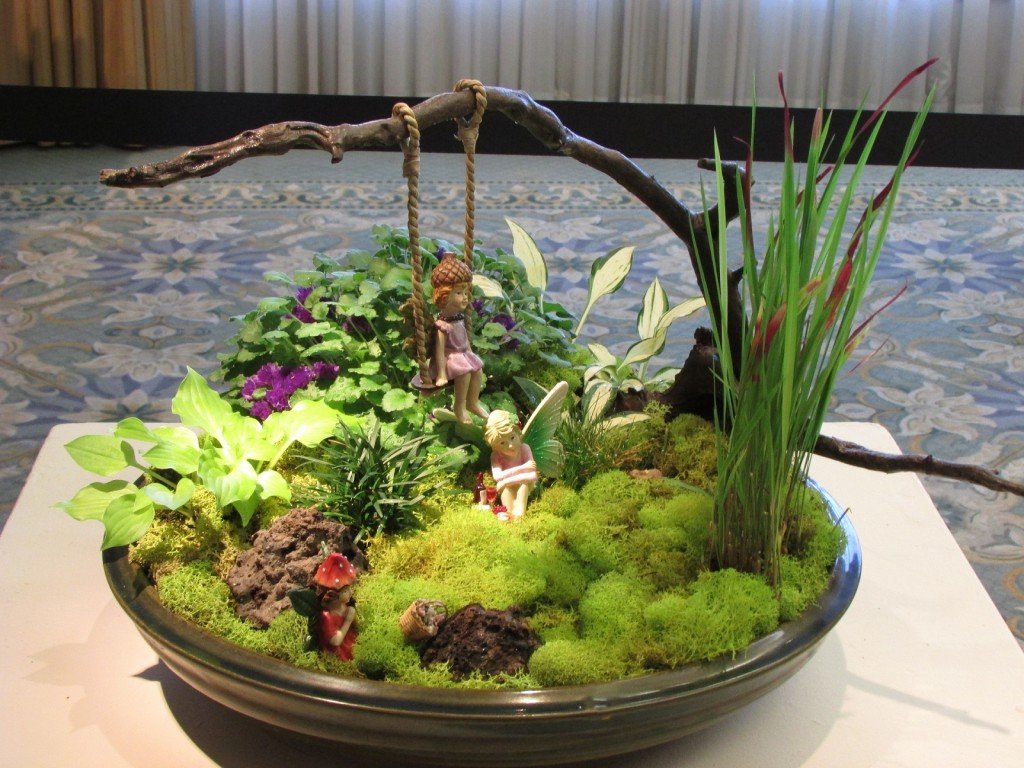
Mix jade, aloe, echeveria, and haworthia in a shallow ceramic tray with pebbles and driftwood for a low-maintenance centerpiece.
Hanging Planters and Railing Baskets
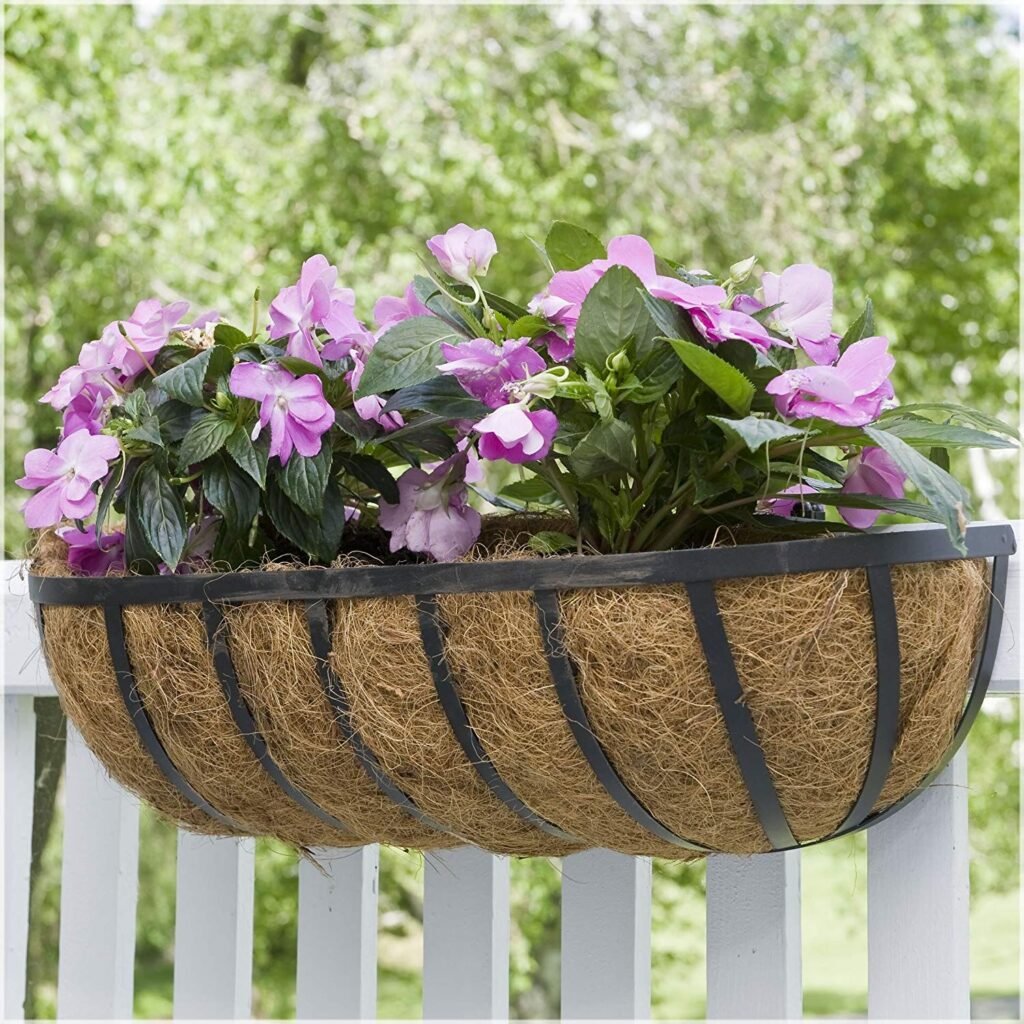
Sedum, donkey’s tail, and string of pearls look fantastic trailing down from vertical setups. These are great for compact balconies.
Clay or Terracotta Wall Planters
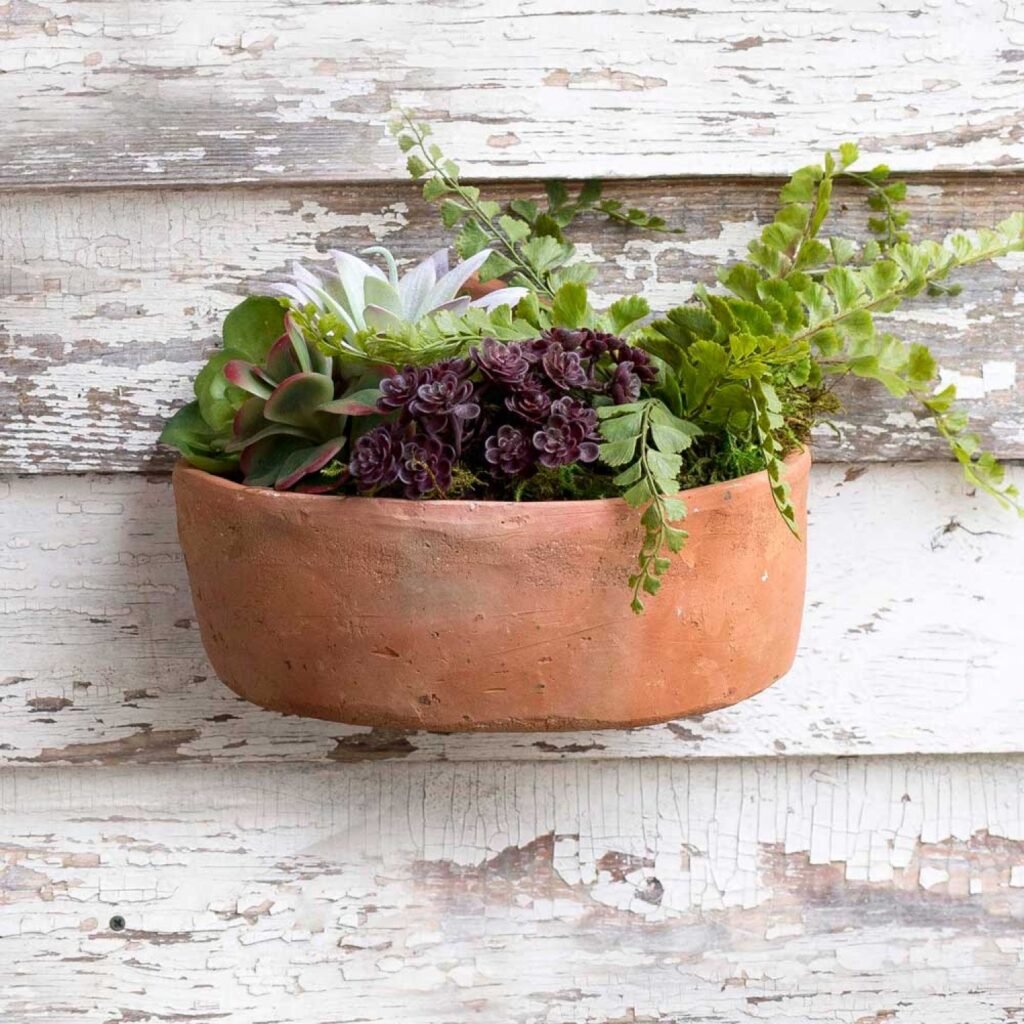
Mount these on the sidewalls of your balcony and fill them with kalanchoes or zebra plants for a vertical touch.
Recycled Containers
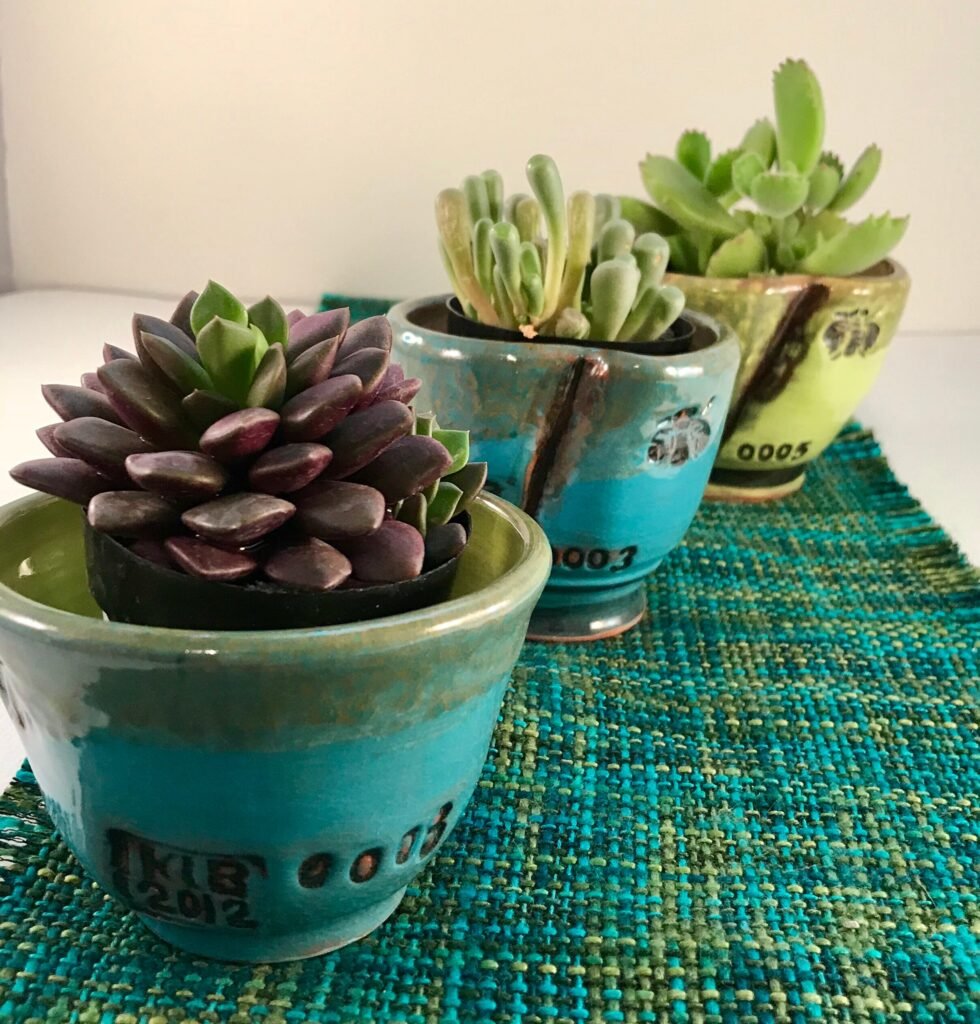
Use old mugs, kettles, or baskets as quirky planters for small succulents like hens-and-chicks or mini haworthias.
Add fairy lights, woven mats, or macramé holders for a cozy, curated vibe.
Seasonal Checklist for Succulent Success
Spring:
- Repot overcrowded plants.
- Begin fertilizing gently.
- Propagate using leaves and offsets.
Summer:
- Watch for sunburn.
- Water consistently, early in the day.
- Use mulch or gravel to protect soil.
Monsoon:
- Reduce watering.
- Elevate pots to prevent waterlogging.
- Check often for pests or mold.
Winter:
- Reduce feeding.
- Move tropical succulents indoors if temperatures dip below 10°C.
- Give as much sunlight as possible.
FAQs About Balcony Succulents in India
1. Can I grow succulents in humid cities like Mumbai or Chennai?
Yes! Opt for varieties like haworthia, snake plant, and aloe vera that tolerate humidity well. Use well-draining soil and avoid plastic pots.
2. Do succulents need direct sunlight?
Some do, but many like haworthia or snake plant are happy with bright indirect light. Morning sun is usually best on Indian balconies.
3. How often should I water balcony succulents?
In summer, once a week is typical. In monsoon and winter, reduce frequency. Always check the soil—don’t follow a strict schedule.
4. What are the easiest succulents to grow in India?
Jade plant, aloe vera, kalanchoe, and haworthia are some of the most forgiving and rewarding choices for beginners.
5. Can I grow succulents in recycled or decorative pots without drainage?
Yes, but add gravel at the bottom and water sparingly. Monitor closely for signs of rot.
Final Thoughts: Bringing the Desert to Your Balcony
Creating a succulent balcony garden in the Indian climate is a joyful, calming experience. These resilient plants are perfect for busy urbanites—they thrive with less water, add instant charm, and don’t demand constant attention.
With the right varieties and a few tweaks to accommodate your local climate, your balcony can become your personal oasis of calm and green.
Don’t be afraid to experiment. Let your collection evolve as you learn your space better. Even if your balcony is tiny, there’s always room for a jade or an aloe to say hello.
